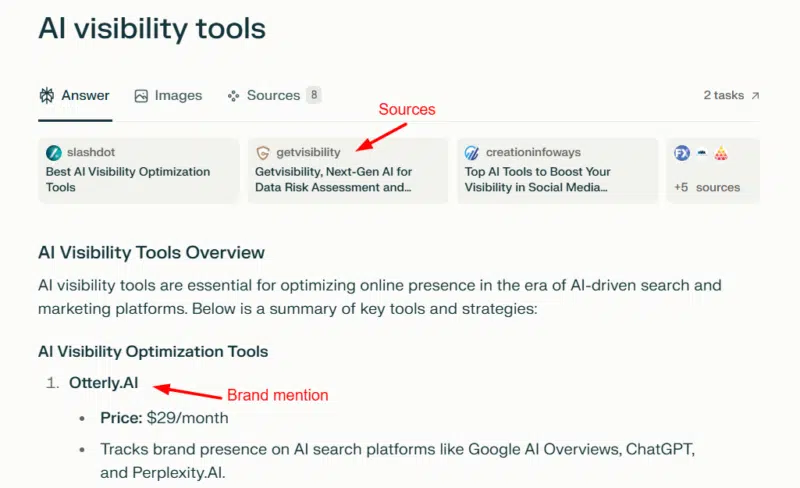The Changing Landscape of Search and Visibility
The rise of AI has transformed how people search for information, making traditional SEO metrics insufficient for measuring brand visibility. Links and rankings are no longer the only indicators of success; mentions, citations, and share of voice have become crucial in understanding a brand’s presence in AI-driven search results.
Why Tracking AI Visibility is Challenging
The shift to conversational search, facilitated by tools like ChatGPT, Gemini, Perplexity, and Claude, has normalized full-sentence prompts and changed user behavior. AI-generated answers often lack proper citations or links, making it difficult to track brand visibility. Most SEO tools have not adapted to these changes, leaving SEO teams without the necessary insights to optimize their strategies.
Capabilities for Tracking AI Visibility
To effectively track AI visibility, businesses need tools that offer advanced features such as custom prompt tracking, multi-country and language support, cross-platform tracking, competitor identification, historical data access, topic and platform breakdowns, exportable answer sets, and visual dashboards. The choice of tool depends on the business size, market focus, and available resources.
Metrics for Measuring AI Visibility
In the AI-driven search era, traditional SEO metrics like rankings and CTRs are no longer sufficient. New metrics have emerged to measure brand exposure, including:
- Brand mentions: The number of times a brand is referenced in AI-generated responses.
- Citations (linked references): The number of times a website is linked in AI answers.
- Prompt-triggered visibility: Understanding which prompts lead to brand mentions or citations.
- Context of mentions: Analyzing how a brand is described in AI-generated content.
- Share of voice (SOV): Measuring the percentage of relevant AI answers that include a brand versus competitors.
- Link destination and depth: Tracking where links direct users and which content earns trust.
- Visibility over time: Monitoring changes in mentions and citations to understand trends.
- Platform-specific performance: Comparing brand visibility across different AI tools.
Tools for Tracking AI Visibility
Several tools are emerging to help track AI visibility, including Profound, Peec AI, Otterly, Goodie, Adsmurai, RankRaven, and seoClarity. Each tool has its strengths and weaknesses, and the choice depends on specific business needs and resources. Building an in-house solution is also an option, but it requires significant technical expertise and maintenance.
Adapting to the Changing Search Landscape
Tracking AI visibility is an evolving process that requires flexibility and a willingness to experiment. Businesses must define the signals that matter, choose the right tools, and be prepared to adapt as the search landscape continues to change. By doing so, they can lay the groundwork for a successful SEO strategy in the AI era.



